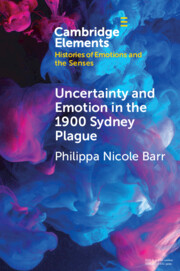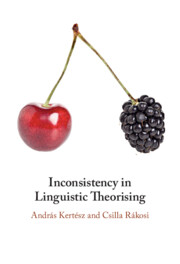We live in the epoch of explosive development of astrobiology, a novel interdisciplinary field dealing with the origin, evolution and the future of life. The relationship between cosmology and astrobiology is much deeper than it is usually assumed – besides a similarity in the historical model of development of these two disciplines, there is an increasing number of crossover problems and thematic areas which stem from considerations of Copernicanism and observation selection effects. Such a crossover area is both visualized and heuristically strengthened by introduction of the astrobiological landscape, describing complexity of life in the most general context. We argue that this abstract landscape-like structure in the space of astrobiological parameters is a concept capable of unifying different strands of thought and research, a working concept and not only a metaphor. By analogy with phase spaces of complex physical systems, we can understand the astrobiological landscape as a set of viable evolutionary histories of life in a particular region of space. It is a notion complementary to the classical concept of biological morphological space, underscoring the fact that modern astrobiology offers a prospect of both foundational support and vast extension of the domain of applicability of the Darwinian biological evolution. Such a perspective would strengthen foundations upon which various numerical models can be built; the lack of such quantitative models has often been cited as the chief weakness of the entire astrobiological enterprise.



